Discover Pediatric cancer patient Donation Forms and streamline their handling with DocHub's robust editing features. Manage, distribute, and safely save your forms without difficulty.

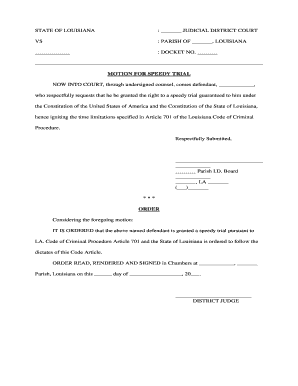

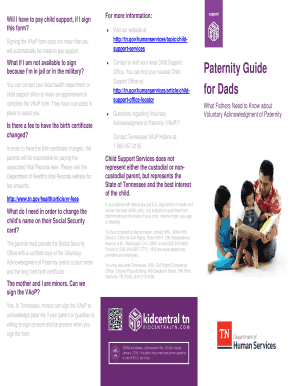
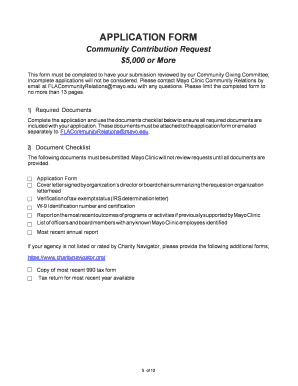
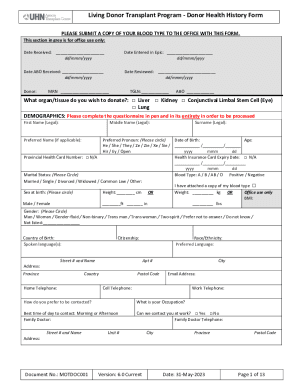




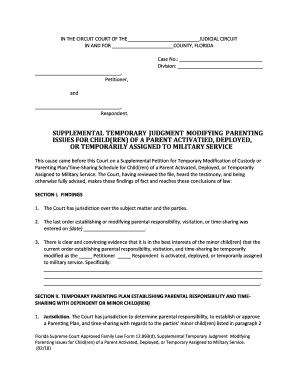

Speed up your form operations using our Pediatric cancer patient Donation Forms category with ready-made document templates that suit your needs. Get the form, edit it, complete it, and share it with your contributors without breaking a sweat. Begin working more effectively together with your forms.
How to use our Pediatric cancer patient Donation Forms:
Discover all the opportunities for your online document administration with the Pediatric cancer patient Donation Forms. Get a free free DocHub account today!